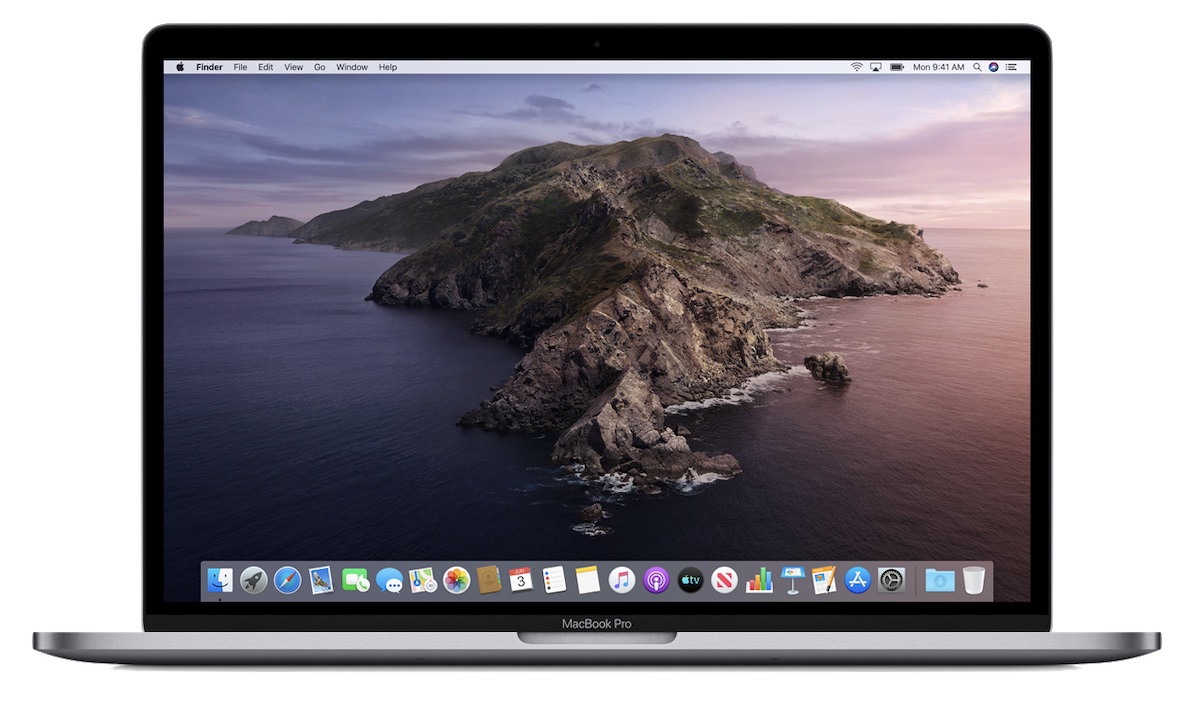I had a MBP2019 15inch with Sonnet eGPU last year. I moved on to MBP 16 inch in November and continued using my eSonnet puck (ATI 570) with the new MBP. It was a great working experience.
2 weeks ago, my eGPU died and I had to plug in my monitors directly into the MBP for the first time. for the record, I use a 4K Asus monitor (Displayport) at high scaling and a Full HD monitor (HDMI).
I noticed right away that fans went crazy during normal work. They would run at 5600 rounds almost continuously. During Online Meetings etc Kerneltast kicked in, CPU speed went down often to 1.0Ghz and the machine almost ground to a halt. This was reproducible, frustrating and impacted my work.
My 'solutions'
1: to unplug all monitors during online meetings. The machine would recover to acceptable speeds quickly.
2: to disable turbo boost during normal working hours. Machine would stabilize between 2-2.4Ghz speed at high fan rates. I was also very hot to the touch.
2 days ago I was so frustrated that I bought the Razer Core X locally. I run it with a 5500XT graphics card.
Impact?
* The machine (MBP 16 inch i9, 2.4Ghz) runs entirely smoothly again, whatever I throw at it.
* fans rarely go beyond 3800, which is the threshold beyond I start hearing them. In fact, in many working sessions, where I have lots of programs running, fans stay at below 2000.
* CPU speeds are almost constantly around 3.5Ghz (!!). It's an amazingly fluid working experience.
* The laptop is not excessively hot.
* So yes, in my impression, once eGPU is attached, the internal GPU is completely bypassed. My assumption is that this also provides extra power reserve to run the CPU faster. The laptop likely does not have to serve the internal GPU with any power. My eGPU provides 100W power, btw.
FYI, total cost for my eGPU with graphics card was around 500 USD. The unit is bulky, but I managed to turn it into a monitor stand! It's a bit challenging, as it has to be positioned very close to the laptop due to short TB3 cable length. The eGPU is completely quiet for me, btw. Even under normal load, it barely gets warm to the touch.
Hope that helps some of those frustrated out there.
Thanks so much. This matches exactly my experience. For anyone else out there, wanting to test or reproduce this issue this is how I do it on a fresh install of latest Catalina:
- Install iStat menus and Intel Power Gadget for monitoring, plus a few basic apps that I typically use: Discord or Zoom, Git Fork, Google Chrome, Slack, VS Code.
- Launch the apps from above plus Terminal and Activity Monitor to simulate a typical work environment. I don't have to do anything with the apps, they're just sitting idle using barely any CPU.
- In Activity monitor, go to Window > GPU History (CMD-4) to see iGPU and dGPU utilisation.
- In Terminal run `pmset -g thermlog` and watch `CPU_Speed_Limit` (drops from 100 when thermal throttling).
- Run a 1-1 Discord or Zoom video chat with someone (an iMac sitting next to my machine on the same desk) to put some base load on the GPU.
- Note the CPU is probably 85-90% idle but fans are blazing at 5900 (left) and 5400 (right), which is close to max. So there's nowhere else to go for cooling if CPU/GPU demand (and heat) increase but to thermal throttle.
- Note that `pmset -g thermlog` in Terminal is probably already showing thermal throttling.
- Note that CPU frequency in Intel Power Gadget and/or iStat menus might already be below spec (2.3GHz here, I've seen it as low as 800MHz but typically stabilises at 1.4GHz).
- Use the three finger expose gesture on the trackpad back and forth to put some additional load on the GPU.
After 30-60s `kernel_task` starts blocking as much as ~1000% CPU (on an 8-core machine), the video chat starts freezing up, the expose animation slows to a crawl, force trackpad feedback doesn't occur for clicks, beach ball spins, mouse cursor completely freezes, etc.
As I said, this is on a fresh install of Catalina, with just the supplied power brick and cable, and monitor (LG 27UK850-W) connected directly to the machine with the supplied USB-C cable (but I've also tried DP->USB-C and DP-DP via TB3 dock).
The monitor scaling is set to "looks like 2560x1440". This specific resolution appears to draw the most power (Radeon High Side in iStat menus is ~18-20W) and trigger the problem most easily. But looks like 1920x1080 and 3008x1692, and actual 2560x1440 (low DPI, activated by OPT-click on "scaled" then check "Show low resolution modes") also trigger it after swiping the expose gesture up and down for a bit longer.



